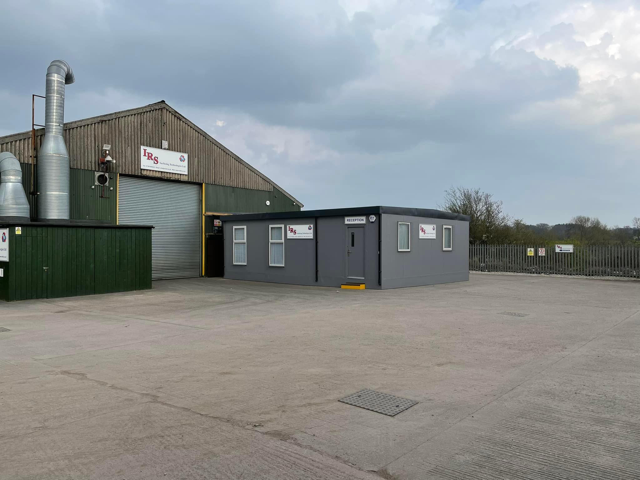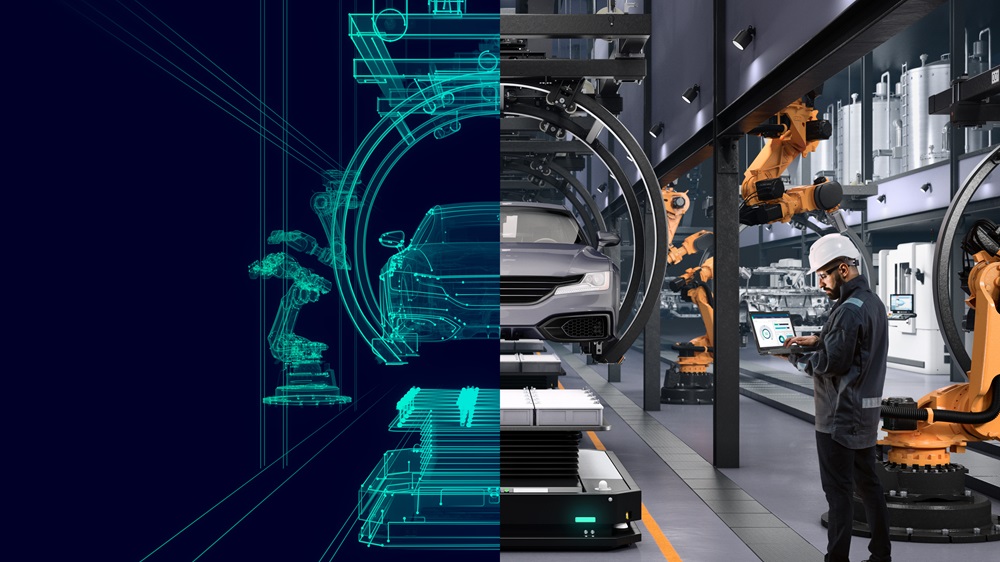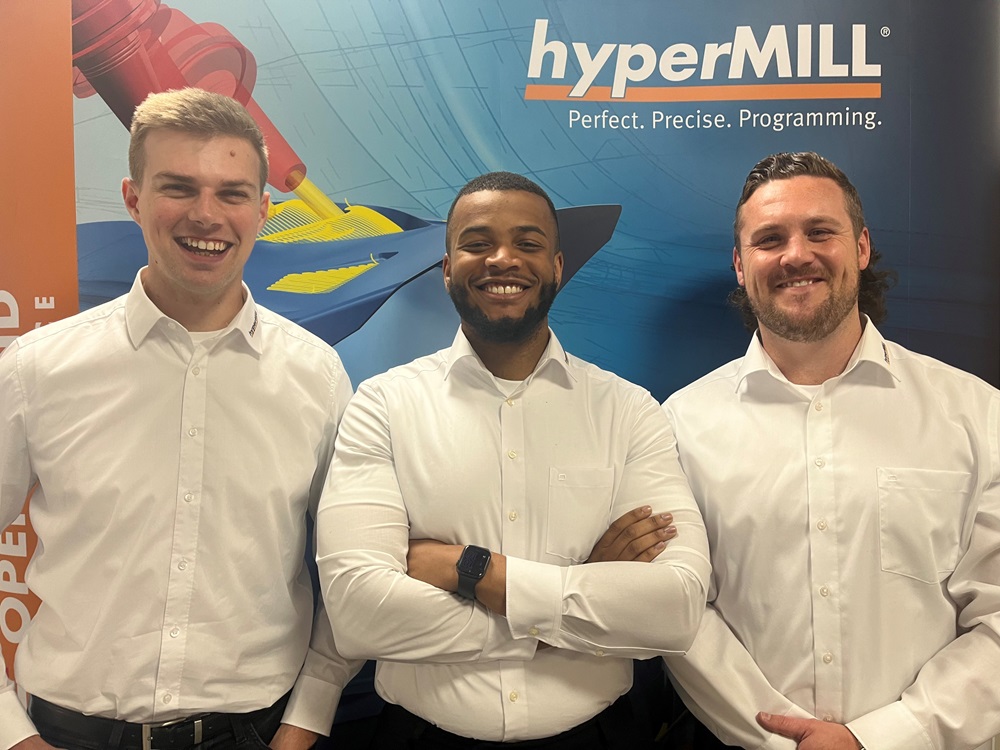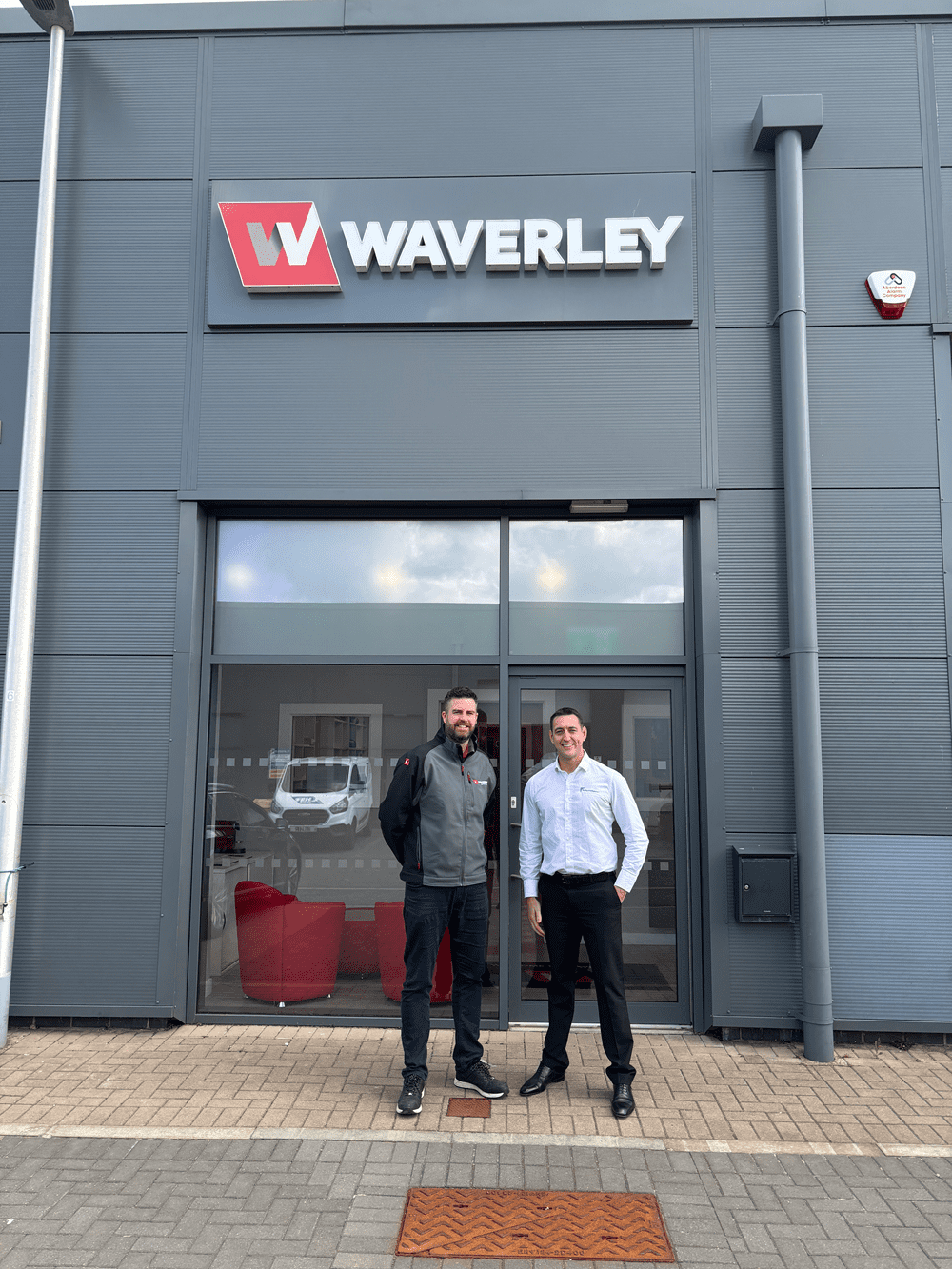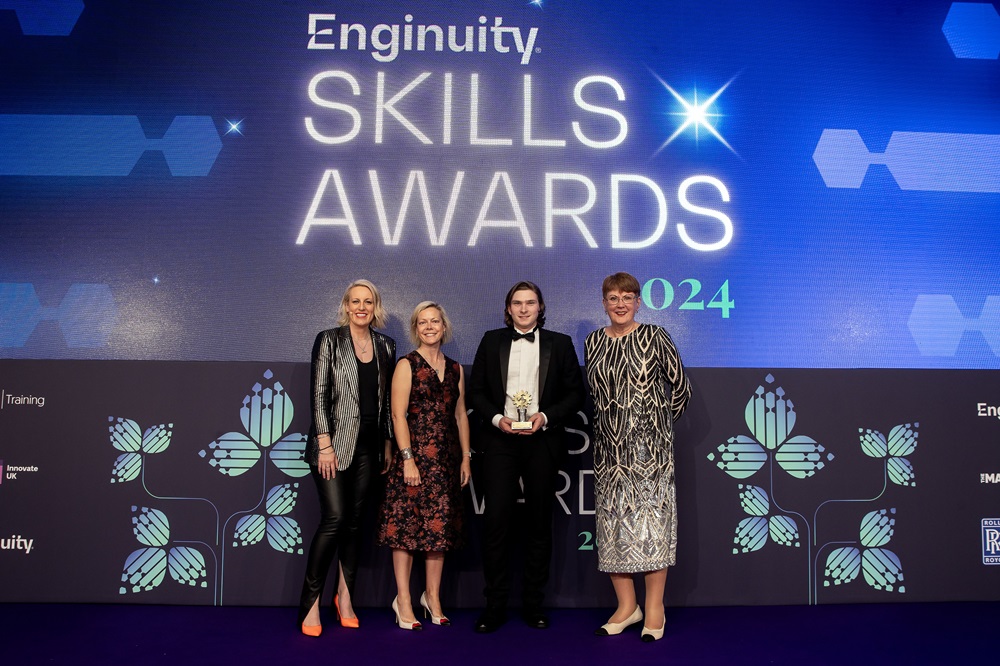Burscough-based IRS Surfacing Technologies has achieved 25% year-on-year growth in turnover from 2021 to 2023. Despite a challenging period for the manufacturing sector, current projections for 2024 are estimated to outstrip those of 2023 for IRS.
For the six months leading up to the end of November 2023, the specialist coatings business accelerated growth by achieving a 44% increase in turnover compared with the same period last year. This lays the foundations for a strong financial future, forecast at £1.4m for 2024.
Specialising in ceramic, stainless steel, thermal and bronze coatings, as well as overlay technology, the family-run business reports that demand for its services continued to grow during the pandemic. The business was able to make a £30,000 investment in improving its welfare facilities for staff, as well as installing a new office in February 2022 to bolster its customer-facing relations and attract more business.
Since 2021, IRS has increased its monthly revenue through organic growth and is currently on-boarding an average of four new customers a month. The coatings company also recently launched a new website, which forms part of a wider marketing plan to expand its regional platform to a larger customer base.
IRS was founded in 1989 by John Berry, the late father of the current owner, Rob Berry, who says: “At IRS, we pride ourselves on quality, and I truly believe that’s why the business continues to do so well. It’s not just quality in our products, but in everything from our staff to service, through to after service. As a business owner, seeing an uptick in financial performance is always good news, and it’s a trajectory we want to retain.”
More information www.irsltd.co.uk






